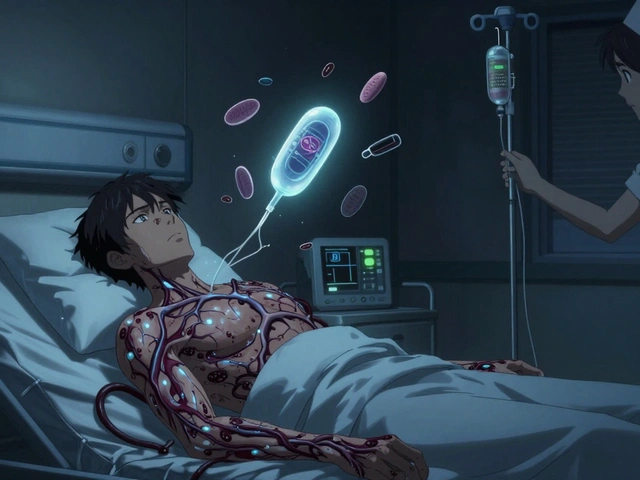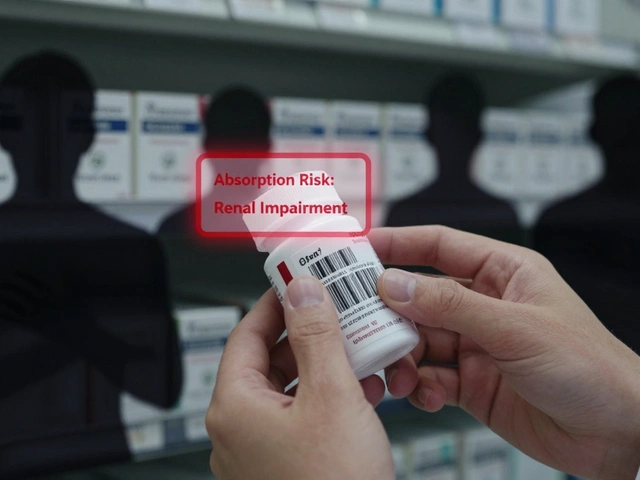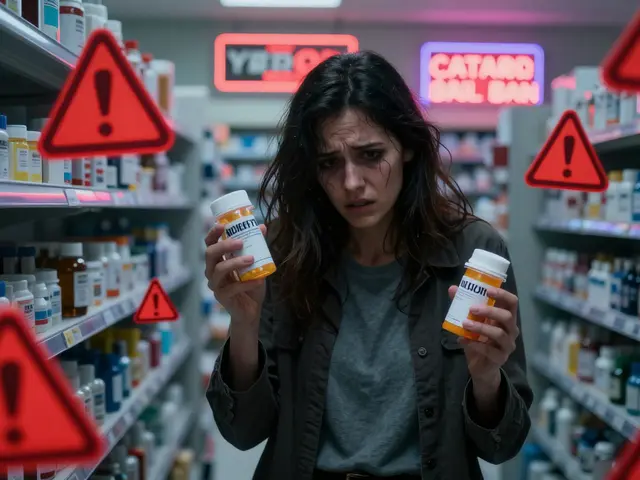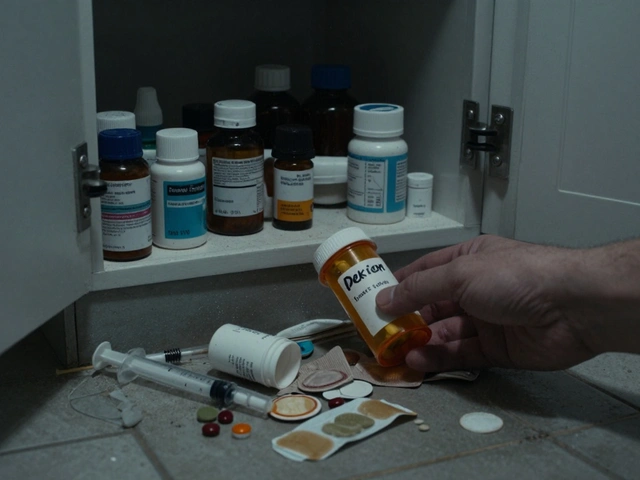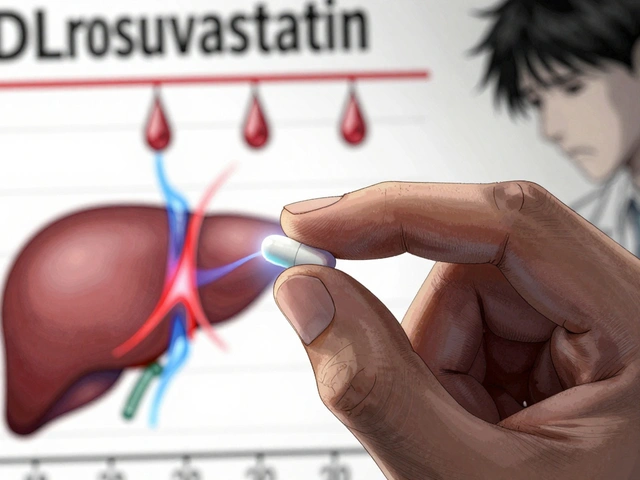Eye Redness: What’s Behind the Irritation?
If you’ve ever woken up with blood‑shot eyes or felt a burning sensation after a long screen session, you know how annoying eye redness can be. The good news is that most cases aren’t serious and can be fixed at home. Below we break down common triggers, simple ways to soothe the discomfort, and clear signs that you should call a professional.
Common Causes You Can Spot Fast
Dry air is a top culprit – think heated rooms in winter or A/C in summer. When your tears evaporate too quickly, the surface of the eye gets irritated and turns pink. Allergies are next on the list; pollen, pet dander, or even dust mites can make blood vessels swell and leak tiny amounts of fluid.
Infections such as viral conjunctivitis (the "pink eye" most people have heard about) also cause redness, but they usually bring a sticky discharge and a gritty feeling. Contact‑lens wearers should check that their lenses are clean and not worn too long; a misplaced lens can scrape the cornea and spark inflammation.
Lastly, environmental irritants like smoke, chlorine from pools, or even strong winds can strip away the protective tear film, leaving the eye red and raw. Knowing what you’ve been exposed to helps narrow down the cause fast.
Quick Home Relief Tips
Start with a cold compress: soak a clean washcloth in cool water, wring it out, and place it gently over closed eyes for five minutes. The chill shrinks swollen vessels and eases burning.
If dryness seems to be the issue, over‑the‑counter artificial tears are a safe bet. Use preservative‑free drops several times a day; they replenish moisture without irritating the eye further.
Keep screens at arm’s length and take the 20‑20‑20 rule break – every 20 minutes, look at something 20 feet away for at least 20 seconds. This reduces strain that can trigger redness after long work sessions.
Avoid rubbing your eyes; it may feel good for a second but pushes bacteria deeper and makes the redness worse. Instead, wash your hands often and use a gentle saline rinse if something gets into your eye.
When to Call a Doctor
If you notice severe pain, sudden vision changes, or light sensitivity that won’t go away, seek medical help right away – those could be signs of an ulcer or acute glaucoma. Persistent discharge that’s yellow or green also points to a bacterial infection needing prescription drops.
Redness lasting more than a week despite home care is another red flag. A doctor can rule out underlying conditions like uveitis, which requires stronger medication.
For contact‑lens wearers, any redness paired with swelling or a feeling of something stuck in the eye should prompt an urgent visit to prevent corneal damage.
By spotting the cause early and using these simple steps, most eye‑redness episodes clear up quickly. Keep a small bottle of artificial tears handy, stay hydrated, and protect your eyes from harsh environments – that’s the best routine for keeping them bright and comfortable.
In my recent research, I've discovered a surprising connection between eye redness and diabetes. It turns out, persistent redness may be a symptom of diabetic retinopathy, a complication of diabetes affecting the eyes. This condition happens when high blood sugar levels cause damage to blood vessels in the retina. If ignored, it can lead to serious vision problems or even blindness. So, if you're a diabetic experiencing consistent eye redness, it's crucial to consult with an eye specialist as soon as possible.




